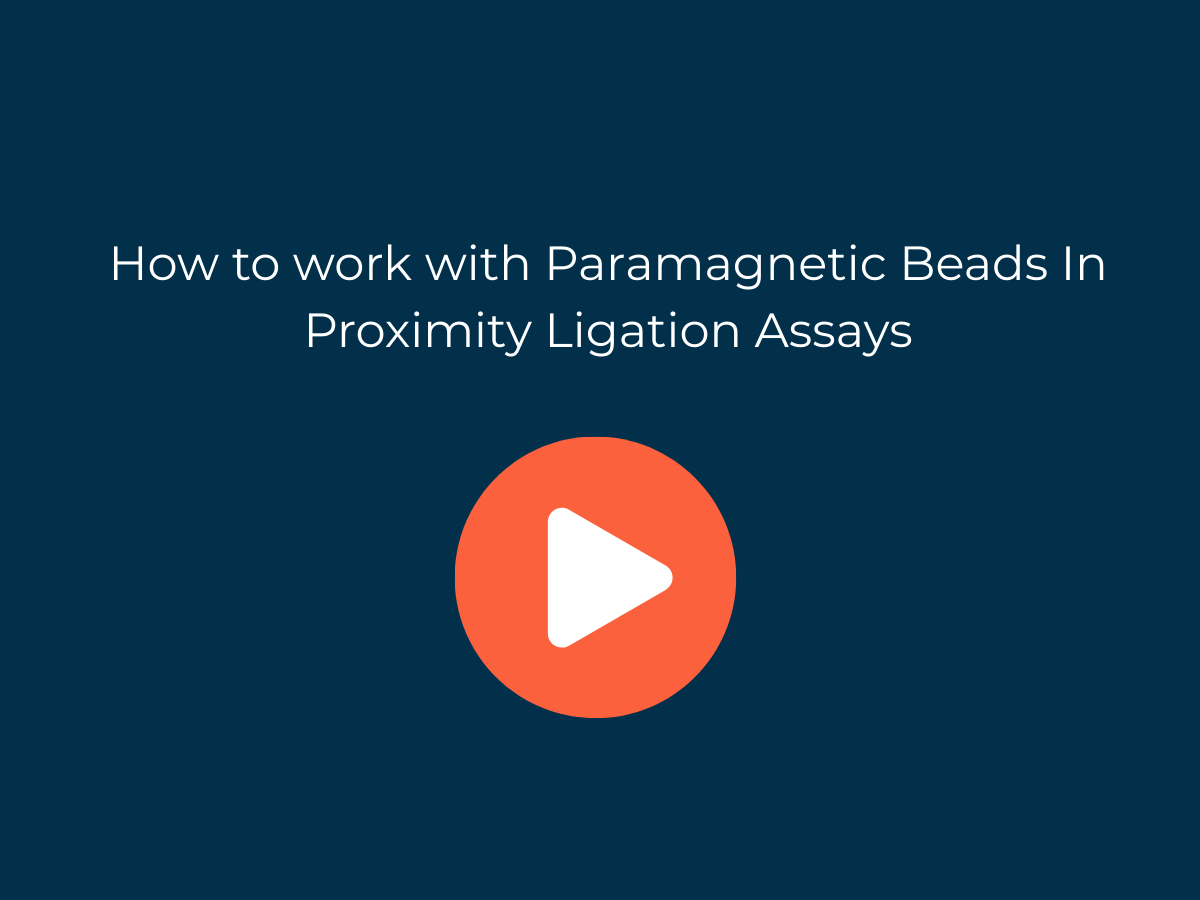Dovetail® HiChIP MNase Kit Support Page
Document Directory
Product FAQs
-
How is the Dovetail HiChIP assay different from other HiChIP protocols?
The Dovetail HiChIP MNase assay leverages the Micro-C (MNase-based Hi-C) workflow to conduct chromatin digestions. With the HiChIP MNase assay:
No sonication is required in the protocol, improving assay robustness
Nucleosome position is preserved
Peak adjustment based on restriction enzyme-proximity to DNA-protein interaction of interest is not required. The use of restriction enzymes enriches libraries at the restriction site closest to the protein-DNA interaction, not on the interaction itself. As a consequence, in the data analyses HiChIP peaks must be adjusted to reflect the real protein-DNA site, not the restriction site closest to the interaction of interest.
Do I need ChIP-seq data?
Inclusion of ChIP-seq data simplifies data QC and interpretation but is not an absolute requirement. You can use publicly available data from sources such as ENCODE if you have not generated ChIP-seq data. However, it will not be truly reflective of your experiment or sample of interest.
How does the Dovetail HiChIP MNase assay perform in nucleosome-free regions?
While coverage is reduced at nucleosome-free regions, it rarely drops to zero because the digestion profile contains di- and tri-nucleosomes as well as mono-nucleosomes. This ensures that some fragments contain linker-DNA and thereby provide some coverage at nucleosome-free regions.
-
How long does it take to perform a Dovetail HiChIP MNase assay?
It only takes three days to go from sample to sequencing-ready library!
-
What QC steps are involved to ensure I generate a high-quality and high-complexity HiChIP library?
The HiChIP MNase workflow has built-in quality control steps, including an early QC step used to assess the digestion reaction. As a final QC step, we recommend to shallow sequence the library to run a QC analysis prior to deep sequencing. Our kit users have access to an easy-to-use QC analysis workflow.
-
What is the required sequencing depth for a Dovetail HiChIP library?
This will vary depending on the occurrence rate of protein-DNA interactions of the protein of interest and the genome in question. The following are recommended starting guidelines:
QC – 1 M paired-end reads (2 x 150 bp) to assess the proximity-ligation qualities of the libraries. 20 M – 40 M paired-end reads (2 x 150 bp) are needed to assess the success of the ChIP enrichment.
Deep sequencing – we recommend to sequence 1 HiChIP library to ~150 M read pairs (2 x 150 bp).
Low-occurrence – 100 M paired-end reads (2 x 150 bp).
High-occurrence – 400 M paired-end reads (2 x 150 bp), 2-4 libraries.
Does Dovetail offer computational support?
Dovetail has compiled a comprehensive best practices step-by-step workflow with full documentation that covers:
Alignment, Pairs generation, and filtering for high-quality proximity-ligation reads.
IP-enrichment assessment.
Contact matrix generation for both .hic and .cool files.
Commonly used applications.
Is there any program of file modifications that I will need to begin my data analysis?
The Dovetail HiChIP QC tool that assesses the success of a Dovetail HiChIP library requires the raw HiChIP sequence data (*.fq.gz), a reference genome (*.fa) and a file of 1D ChIP-seq peak locations (*.bed).
How do I call valid reads without a restriction site?
Due to the use of restriction enzymes and sonication, traditional Hi-C valid reads require the insert size (or physical coverage) of a read-pair to be greater than the library fragment and to be adjacent to a restriction site. Dovetail HiChIP libraries do not use restriction enzymes or require sonication (a key source of noise in Hi-C libraries). Therefore, a valid HiChIP read only requires that the insert size (or physical coverage) of a read-pair be greater than the library fragment. Download our white paper to learn more.
-
What is the required cell input amount for the Dovetail HiChIP
This will vary depending on the antibody/protein of interest. See table below.
What sample types are validated for the Dovetail HiChIP MNase assay?
The Dovetail HiChIP MNase assay is currently validated for mammalian cells. If you are interested in another sample type, please contact our support team.
Validated antibodies compatible with Dovetail® HiChIP



